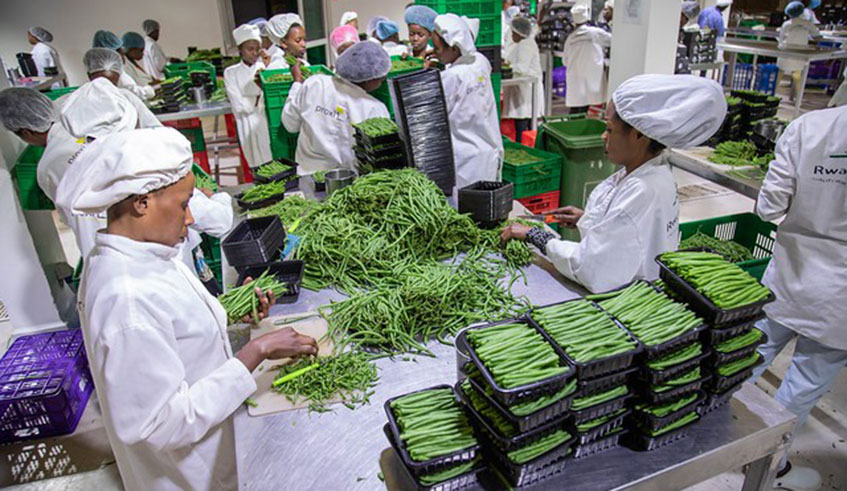French beans, locally known as mishiri, remain one of Kenya’s most exported horticultural crops, even though their consumption remains low in the country.
Locally, French beans are mostly grown in warm-wet regions like Nakuru, some parts of Kajiado, Thika, Murang’a, Machakos, Uasin Gishu, Western Kenya, Kisumu, Kirinyaga, Nyeri and Naivasha.
Joseph Muchiri, a farmer in Subukia, is among the farmers minting millions from the French beans export business after quitting tomato farming.
“I had been growing tomatoes since 2004 but after a disappointing stint as a tomato farmer due to fluctuation of prices, an unsteady market, diseases and a longer period it takes for the crop to mature, I decided to try out French beans,” he told The Standard.
The farmer started French beans farming in 2016 after learning the great potential the crop has in terms of profit.
His entry into the export market followed an encounter with an agronomist from Frigoken company who sold him the idea.
Grace Mutai: My experience in Hass avocado farming and what farmers need to know
Muchiri would then try his hand at the venture after a thorough research and consultation. He grows the Organdi variety, known for its high yield.
“I started with an eighth of an acre of land and I am approaching the 10-acres mark. I grow the crop in 2 seasons, from March to May and from May to December. After planting, it takes about 55 days before I start harvesting,” he says.
He explains that French beans farming requires a lot of dedication and capital, especially if you are targeting the high season.
The farmer adds that while French beans demand is high in the export market, its market price is controlled by the purchasing company.
“The market price is controlled by the company for the export. From farm level I sell one kilo of French beans at Sh50 in and off season.”
According to Joseph Maina Mwangi, a Technical Assistant at Frigoken Company, French beans is not a complicated crop to grow. The crop matures after about two months, and minimal maintenance is required.
To get a bumper harvest, farmers are advised to prepare and till the land two months before the rains start.
Additionally, furrows should be properly prepared, observing a distance of two feet apart. During planting, farmers are advised to use DAP fertiliser.
After ten days, a farmer will be required to carry out the first top dressing, and after 25 days, the second top dressing will be done using NPK fertiliser.
The first spray is applied 10 days after planting, which is when the crop starts to sprout.
Did you love the story? You can also share YOUR story and get it published on Bizna Click here to get started.




